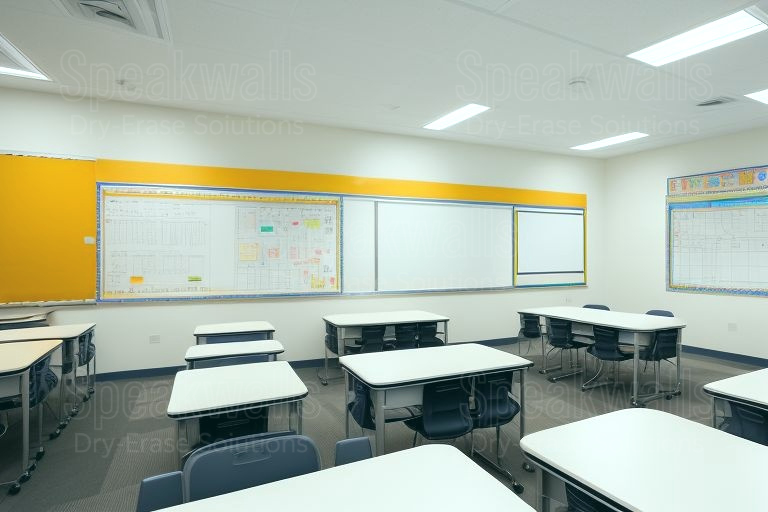Tech in the classroom is exciting, but with the rise of AI and VR, there’s a big question we need to consider: How much screen time is too much? While these tools can transform learning, it’s crucial to think about the impact on students’ physical and mental health.
First, let’s talk about physical health. VR headsets, for example, often require long periods of wear, which can lead to eye strain, headaches, and even motion sickness. Staring at screens for hours during virtual lessons or using AI tools for assignments can also lead to poor posture, back pain, and eye discomfort. These aren’t just minor annoyances—they can have lasting effects on a teenager’s developing body.
On the mental health side, there’s the risk of overstimulation. VR immerses students in highly interactive environments, which can be overwhelming and, for some, lead to anxiety or stress. AI systems that track every move can also create a feeling of being constantly monitored, leading to pressure and performance anxiety. And let’s not forget the social aspect—spending too much time in virtual worlds could isolate students from real-life interactions, affecting their social skills and emotional well-being.
The key is balance. Technology should complement, not replace, physical activity, face-to-face interactions, and downtime. Schools can implement guidelines that limit screen time, schedule breaks, and encourage outdoor activities to ensure students stay healthy and well-rounded.
In the end, while AI and VR are powerful tools, they need to be used thoughtfully, with the well-being of students at the forefront.
